#Margaret Mead quotes
Quote
One of the oldest human needs is having someone to wonder where you are when you don’t come home at night.
Margaret Mead
#margaret mead#text#quote#quotes#love#love quotes#life#life quotes#relationship#relationship quotes#beautiful#aesthetic#art#indie#hipster
969 notes
·
View notes
Text

"Always remember that you are absolutely unique.
Just like everyone else."
― Margaret Mead
49 notes
·
View notes
Text
youtube
Margaret Mead & James Baldwin - A Rap On Race (1971)
8 notes
·
View notes
Photo
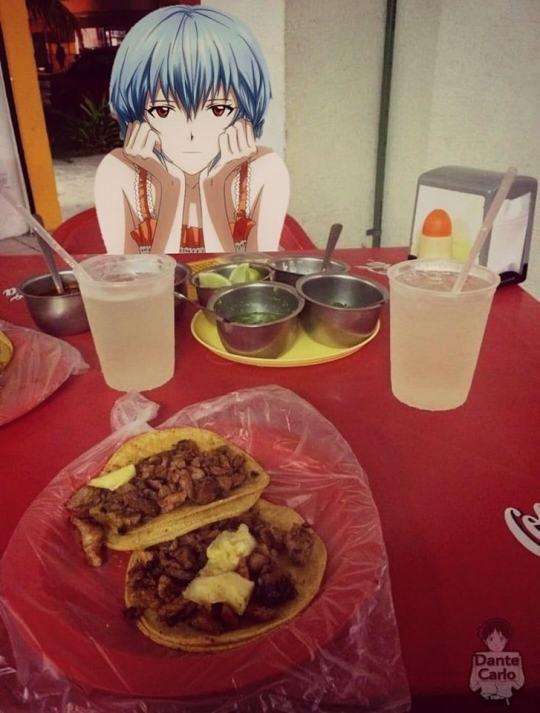
“Among our structurally closest analogues- the primates- the male does not feed the female. Heavy with young, making her way laboriously along, she fends for herself. He may fight to protect her or to possess her, but he does not nurture her.”
-Margaret Mead,
Male and Female
38 notes
·
View notes
Photo
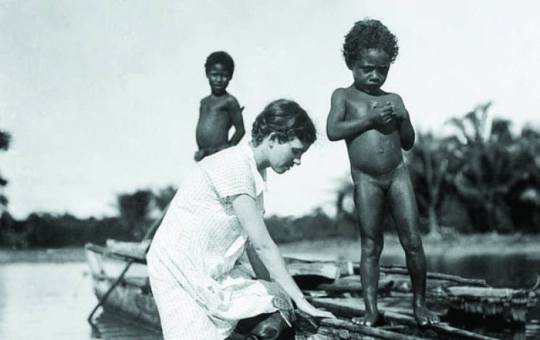
Photography Credit: Margaret Mead In The Admiralty Islands, 1929. Courtesy of The New York Times Archives.
via: Parabola Magazine on Tumblr
* * * *
"We are continually faced with great opportunities which are brilliantly disguised as unsolvable problems."
―Margaret Mead (December 16, 1901 – November 15, 1978), was an American cultural anthropologist.
40 notes
·
View notes
Text
i can't stop thinking about this quote from On Earth We're Briefly Gorgeous by Ocean Vuong:
We try to preserve life—even when we know it has no chance of enduring its body. We feed it, keep it comfortable, bathe it, medicate it, caress it, even sing to it. We tend to these basic functions not because we are brave or selfless, but because, like breath, it is the most fundamental act of our species: to sustain the body until time leaves it behind.
#it's been in my head for days#just like . i love humanity dude#it reminds me of the margaret mead quote about finding the skeleton with the healed femur#and how that meant people had cared for them and healed them#words#on earth we're briefly gorgeous#books
4 notes
·
View notes
Text
Years ago, the anthropologist Margaret Mead was asked by a student what she considered to be the first sign of civilization in a culture. The student expected Mead to talk about clay pots, tools for hunting, grinding-stones, or religious artefacts.
But no. Mead said that the first evidence of civilization was a 15,000 years old fractured femur found in an archaeological site. A femur is the longest bone in the body, linking hip to knee. In societies without the benefits of modern medicine, it takes about six weeks of rest for a fractured femur to heal. This particular bone had been broken and had healed.
Mead explained that in the animal kingdom, if you break your leg, you die. You cannot run from danger, you cannot drink or hunt for food. Wounded in this way, you are meat for your predators. No creature survives a broken leg long enough for the bone to heal. You are eaten first.
A broken femur that has healed is evidence that another person has taken time to stay with the fallen, has bound up the wound, has carried the person to safety and has tended them through recovery. A healed femur indicates that someone has helped a fellow human, rather than abandoning them to save their own life.
“Helping someone else through difficulty is where civilization starts,” Margaret Mead said.
Ira Byock, The Best Care Possible: A Physician's Quest to Transform Care Through the End of Life (2012)
12 notes
·
View notes
Note
maybe a healed femur is not so much a sign of civilization as a sign of community? packs and herds are communities are they not?
Absolutely! But one frequent argument between anthropologists and biologists (and those of us caught betwixt) centers around this... pillar we tend to put humans and humanity on. Do, for example, baboon troops count as civilizations? How about orca pods? What counts as a language - and would whales (who do seem to have, well, dialects) count as having one?
In my personal view, it's not as black and white as it has previously been presented - i.e. humans didn't go from "wild animals who care not for one another" to "deeply interconnected civilizations" - but this is still an evolving field of thought in anthropology, and presentations of, for example, how elephants evidently mourn and remember their dead have been historically discounted. It's a difficult line to walk - we don't want to anthropomorphize animal behavior, because that leads to its own pitfalls, but we also need to take humanity down from the pedestal we've traditionally put ourselves on.
Essentially, that post just brings allllll of that arguing to mind for me, lol. I'm not meaning to say that being a pack animal is in any way a lesser thing, just that I would personally place the evolution of inter-individual, long-term care like that much, much further back than "the advent of civilization" (whatever we're defining that time, and civilization for that matter, as.)
#colourfromtheheart#to be fair that quote is also from Margaret Mead who died in the late 70s#and animal cognition studies have come a LOOOOONG way since the 70s#but you still meet anthropologists who are convinced that animals don't care about their community members
2 notes
·
View notes
Text
Always remember that you are absolutely unique. Just like everyone else.
Margaret Mead
5 notes
·
View notes
Text
Margaret Mead most likely never said a healed femur is the first sign of civilization, but Ursula K. Le Guin did say the first sign of civilization is actually a bag to carry all your shit around with which also is probably not civilization but I think is funny. Anyway either one is a nice antithesis to the belief that the first tool was a weapon, the patriarchal conception that the price of civilization must be paid in blood. But I think all ideas might be equally wishful. We always look for evidence for what we already believe.
Personally I like to think that the first sign of civilization was not a healed bone or a carrier bag or a weapon. These feel wrong to me mostly because they suggest there’s a patient zero who’s responsible for civilization on account of having done that pivotal thing first and spreading it like contagion. But civilization, like humanity, is something that definitively can only be accomplished by people working together. The first step into civilization could have been something intangible that we’ll never find. Like a question, the human vocal cords having slowly rearranged themselves into an instrument of communication. Or maybe it was the first time people did something together for no reason other than they thought it was meaningful, and this event left no relics and no one remembers or likely will ever know what it was even if we still do it all the time. Or I’m wrong and it was a bone or a bag or a club or a hammer or a ziggurat. I don’t know.
We always feel like we need to find the ruins. It’s nice to find ruins, they’re beautiful and they make us feel connected. We want to see for ourselves that the wonder of life has passed through this place before, through people before, and it left footprints in the sand that we can find so we can point and say that’s it that’s what’s here inside of us now. We’re shoving our toes in deeper where it’s colder, like that’s gonna make it stay. We still don’t know what life really is even though we look for it everywhere.
#i feel like people think that margaret mead quote is real bc it aligns with what we want to believe#that the gentleness in us outweighs the violence and that our goodness defines us#the quote doesn’t have to be real for that to be true#and that sentiment doesn’t have to be true for our lives to be beautiful#kennapost
7 notes
·
View notes
Quote
Children must be taught how to think, not what to think.
Margaret Mead
1 note
·
View note
Quote
What people say, what people do, and what they say they do are entirely different things.
Margaret Mead
1 note
·
View note
Text








[Image ID:
A picture that says “A student once asked anthropologist Margaret Mead, “What is the earliest sign of civilization? The student expected her to say a clay pot, a grinding stone, or maybe a weapon.
Margaret Mead thought for a moment, then she said, “A healed femur.”
The second picture is a news headline. It is bolded and a much larger font. “27-year-old who couldn’t afford $1,200 insulin copay dies after trying cheaper version.”
The third picture is the same font and size as the Margaret Mead quote. It’s a continuation. It says, “A femur is the longest bone in the body, linking hip to knee. In societies without the benefits of modern medicine, it takes about six weeks of rest for a fractured femur to heal. A healed femur shows that someone cared for the injured person, did their hunting and gathering, stayed with them, and offered physical protection and human companionship until the injury could mend.”
The fourth picture is another headline. It is in a large and bolded type. “Dying man who couldn’t afford to go to hospital after vomiting blood"
The fifth picture is a screenshot of the Margaret Mead story.
Mead explained that where the law of the jungle—the survival of the fittest—rules, no healed femurs are found. The first sign of civilization is compassion, seen in a healed femur.
The next screenshot is of a slightly different font. The letters are pointier and the lines are a little curvier. It says, “Susan Finley returned to her job at a Walmart retail store in Grand Junction Colorado, after having to call in sick because she was recovering from pneumonia.
The day after she returned, the fifty three year old received her ten year associate award — and was simultaneously laid off, according to her family. She had taken off one day beyond what is permitted by Walmart’s attendance policy.
After losing her job in May 2016, Finley also lost her health insurance coverage and struggled to find a new job. Three months later, Finley was found dead in her apartment after avoiding going to see a doctor for flu-like symptoms.
A screenshot of a bold, bigger headline. It says ‘The house always wins’: Insurers’ record profits.
A final screenshot of smaller text with a slightly gray background. It says “We are at our best when we serve others. Be civilized.” /end ID.]
#is this post a refutation of the claim that civilizations are defined by caring for their injured?#is it a critique of our own community and saying that we aren't civilized?#YOU DECIDE!
39K notes
·
View notes
Quote
Always remember that you are absolutely unique. Just like everyone else.
Margaret Mead
#Margaret Mead#quotes#life#love#important#tumblr#instagood#aesthetic#girl#literature#sad quotes#sad poem#zitate
1 note
·
View note
Text
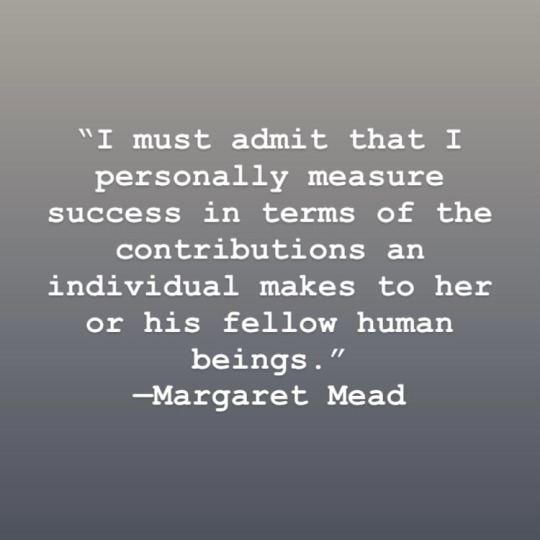
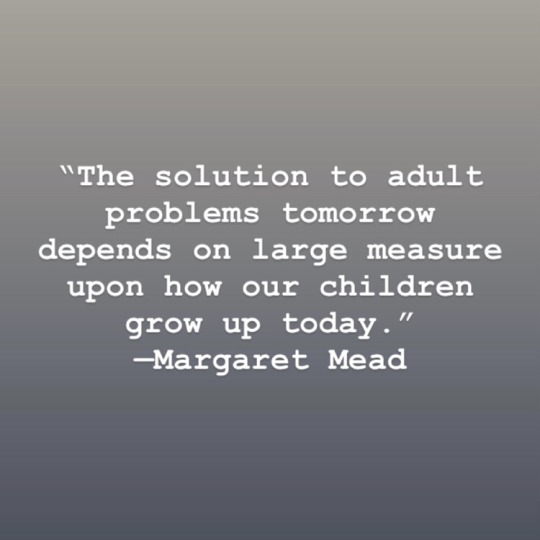
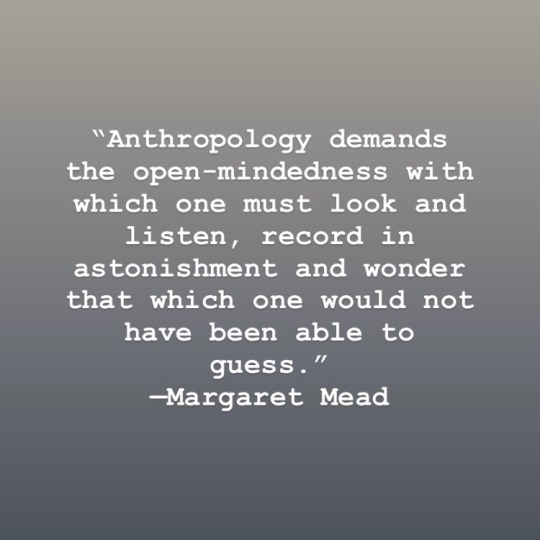

Margaret Mead quotes
0 notes
Text
motivational quote
"Always remember that you are absolutely unique just like everyone else." -Margaret Mead
youtube
#margaret mead#quotes on tumblr#quotes of wisdom#quotes of the day#motivating quotes#get motivated#Youtube
0 notes